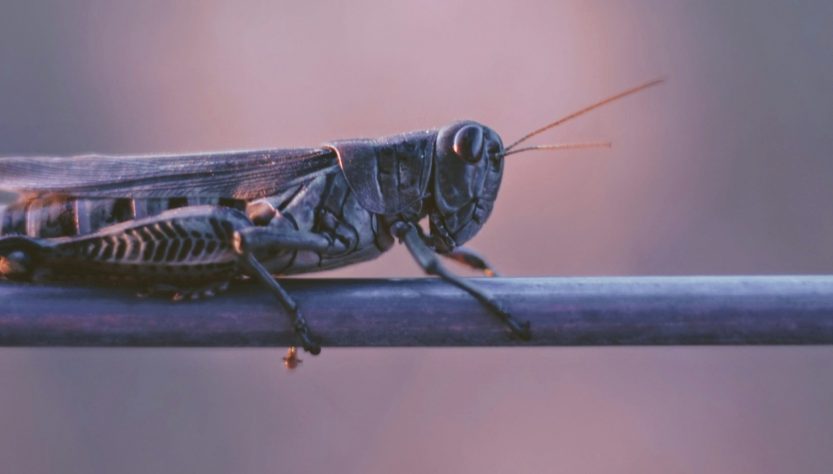Locust outbreaks could spread into new regions across the Middle East and North Africa (MENA) amid rising temperatures worldwide and the occurrence of extreme weather events. According to a new study led by scientists from China and Singapore, global warming could intensify locust swarms in Afghanistan, Iran, and Turkmenistan by creating favorable conditions for breeding and swarming desert locusts.
Global warming is the main culprit behind the growing desert locust threat, impacting crop production and food security, based on the new research paper. The scientists involved in the study focused on spatially synchronized locust outbreaks across the MENA region. They developed a data-driven framework to determine the compound risk of these agricultural pests in MENA and the role of Earth’s warming climate.
In recent years, multiple instances of locust swarms have been reported in different parts of the world, including South Asia, West Asia, and East Africa, notably Ethiopia and Somalia. The flight and destruction of desert locusts cause economic damage in the agricultural sector, affecting millions of people. It is known that these short-horned grasshoppers prefer to swarm in arid regions. However, rising temperatures could also force them to spread.
Locust Outbreaks in MENA
![Locust Outbreaks: Global Warming Could Intensify Locust Swarms in Afghanistan, Iran and Turkmenistan [Study] Locust Outbreaks: Global Warming Could Intensify Locust Swarms in Afghanistan, Iran and Turkmenistan [Study]](https://1471793142.rsc.cdn77.org/data/images/full/69448/locust-outbreaks-global-warming-could-intensify-locust-swarms-in-afghanistan-iran-and-turkmenistan-study.jpg?w=820)
In the study published in the journal Science Advances on Wednesday, February 14, locust outbreaks in MENA threaten more than 20% of countries that are high risks for spatially synchronized locusts from 1985 to 2020, a period dominated by concurrent winds or inundations. The researchers found that individual desert locusts are also likely to infest arid areas impacted by extreme rainfall.
Furthermore, heatwaves and droughts amid global warming are making locust outbreaks more frequent and increasing their coverage. The research paper suggests that, if global warming is not mitigated, west India and west central Asia could become hotspots for locusts in the coming decades.
Also Read: The Horror of Locusts: Farmers in India Face Crop Losses and Food Insecurity
What are Desert Locusts?
The desert locust (Schistocerca gregaria) is a species of locus belonging to the family Acrididae and they are often found in the deserts and dry environments of North Africa, East Africa, Arabian Peninsula, and southwest Asia. This is because the insects prefer to live in relatively warm temperatures around the Equator compared to the cold temperatures of the extreme northern and southern hemispheres.
Desert locusts belong to one out of a dozen species of short-horned grasshoppers that are known for changing their behavior and forming swarms that can be dense and highly mobile, according to the United Nations’ Commission for Controlling the Desert Locust in the Central Region.
Swarms of desert locust are mostly restricted in the semi-arid and arid deserts of the mentioned regions that receive less than 200 millimeters of rain annually.
In recent years since 2020, locust outbreaks have destroyed or damaged crops, trees, and pastures across the African continent, the Arabian Peninsula, and South Asia, including India. In economic-fragile regions, locust swarms can even lead to starvation and famine as large swathes of agricultural lands are affected by the raging crop-eating insects.
Related Article: Desert Locust Swarms Wreak Havoc Across Ethiopia, Termite Swarms Reported in Other Regions
© 2024 NatureWorldNews.com All rights reserved. Do not reproduce without permission.

